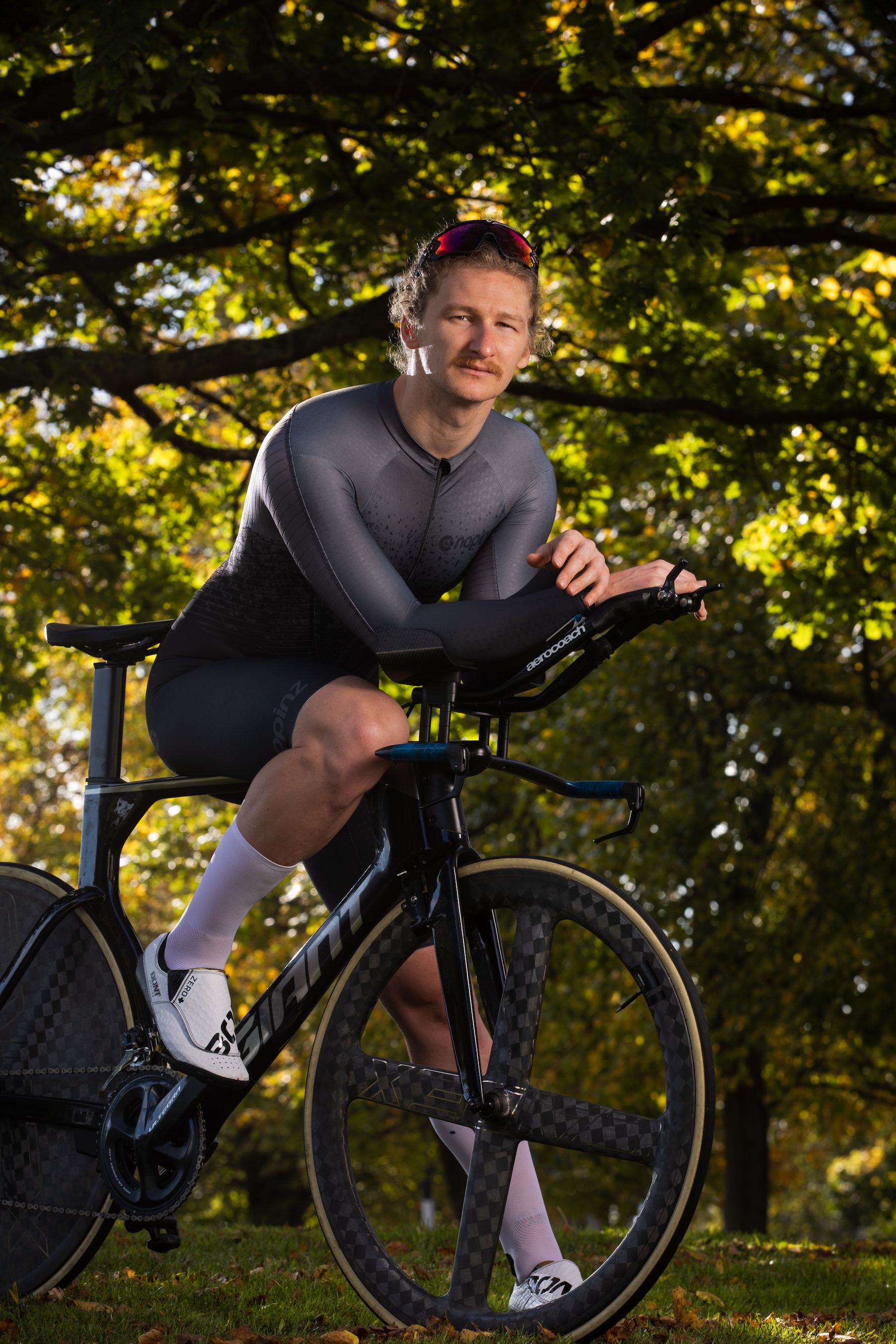Nine things you learn riding your first time trial
The weird and wonderful world of the tester
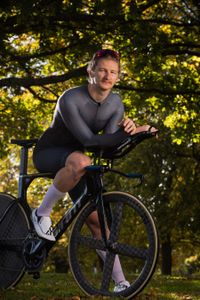

Pacing is key in a cycling time trial. Image: Andy Jones
The world of time trialling is a bizarre spectacle to any outsider.
But once you’ve taken that first step, figured out what all the codes mean and found the start of your local club 10, the learning curve gets very steep.
Whether it’s the importance of aero or how far 10 miles really is, you learn a lot at your first time trial.
Here are a few lessons learned the hard way:
Leave early
There is nothing worse than arriving at any event without time to prepare properly, especially when that event takes at least 20 minutes to set up for.
Make sure you arrive in plenty of time at the start, even if no-one else is there.
The latest race content, interviews, features, reviews and expert buying guides, direct to your inbox!
>>> Can road bike time trialling revive the TT scene?
The combination of signing on, pinning your numbers, getting your kit on, warming up, making sure everything is as aero as possibly, all takes quite a lot of time, and you don’t want to be rushed to start like Charlie Tanfield at the under-23 World Championships last year…
It’s just a dual carriageway
Oh, it really is just a dual carriageway. I’m not sure what I was expecting to be honest.
This is hard
The first thing that will hit you as soon a you roll away from the start is that time trialling is very hard.
Your hamstrings are burning after the first minute, your already breathing hard and your heart-rate has jumped.
Why did no-one warn you it would be this difficult?
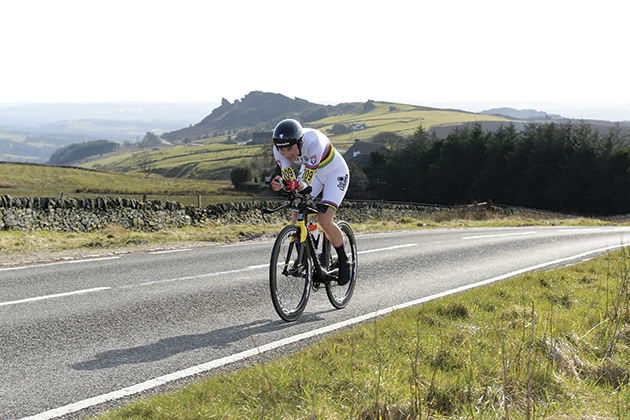
But you need to ignore that desire to stop and have a breather (or slash your own tyres and claim a puncture), just keep pushing through and things will get easier.
Okay, maybe not easier but you will finish eventually.
Must ride harder
As soon as you make that half-way turn and the finish is in sight, you suddenly regret your earlier internal complaints and wish you’d actually pushed harder earlier, despite the screaming in your legs.
One of the great arts of time trialling, is learning to empty the tank without giving too much too soon.
This can take years to perfect, so don’t be disheartened if you cross the line with a lot left to give (or if you blow up after mile three).
It’s all part of the fun.
Aero is actually everything
How much time can you really save through a skinsuit, or aero wheels, or a time trial bike?
Well, after your first TT you’ll realise the answer is ‘quite a lot actually.”
The joy of time trialling is that it’s an extremely accessible and enjoyable way to test yourself – if you can ride 10 miles, you can time trial.
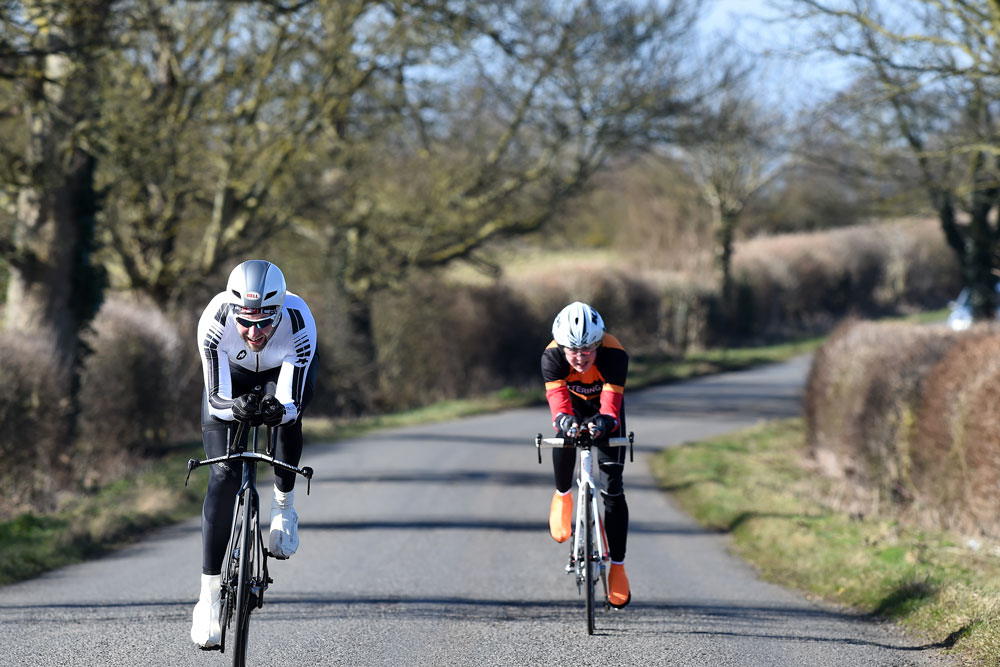
So don’t stress about buying the latest equipment, or spending a fortune on a new bike. If you’re riding, that’s enough.
But of course as you get faster and your fitness improves, you may turn to the marginal gains to find those precious few seconds that might boost you up a position come the finish line.
10 miles is quite a long way
If you’re anything like me you won’t have really considered how far 10 miles actually is…until you’re a couple of miles into battling through a time trial.
The temptation to Garmin-watch is overwhelming, even from the early stages, as you begin to question how far it is until the roundabout.
Knowing the distance (and the profile, and the road surface, and the wind) is all an essential part of pacing your effort, but is impossible to judge at your first attempt.
It’s only when you’ve finished that you realise 10 miles, with only your heart-rate for company, is actually quite a long way.
A power meter would help
Another thought that might occur on your first test, is that you need a better way of measuring your effort – probably a power meter.
Conversation in the pro ranks about the importance of watts is rife, and that will of course filter down and leave you wondering about your power output.
>>> How to ride a 25-mile time trial in under 50 minutes
A power meter is arguably at its most effective in a time trial and in an ideal world we’d all be using one.
But it’s not the only way of measuring your effort, particularly if you don’t want to drop a lot of money on new kit.
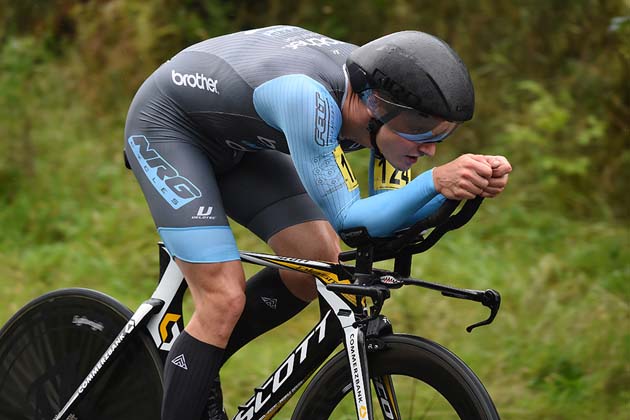
Heart-rate monitors, cadence sensors or even just good old fashion speed - it all does the job when you’re just starting out.
Why some riders are given a different finishing position
Being showed my first set of time trial results, I was rather confused to see an overall list of finishers next to a confusing separate list and references to a ‘standard’.
After some hasty Googling back home I learned about the Veterans Time Trials Association standards.
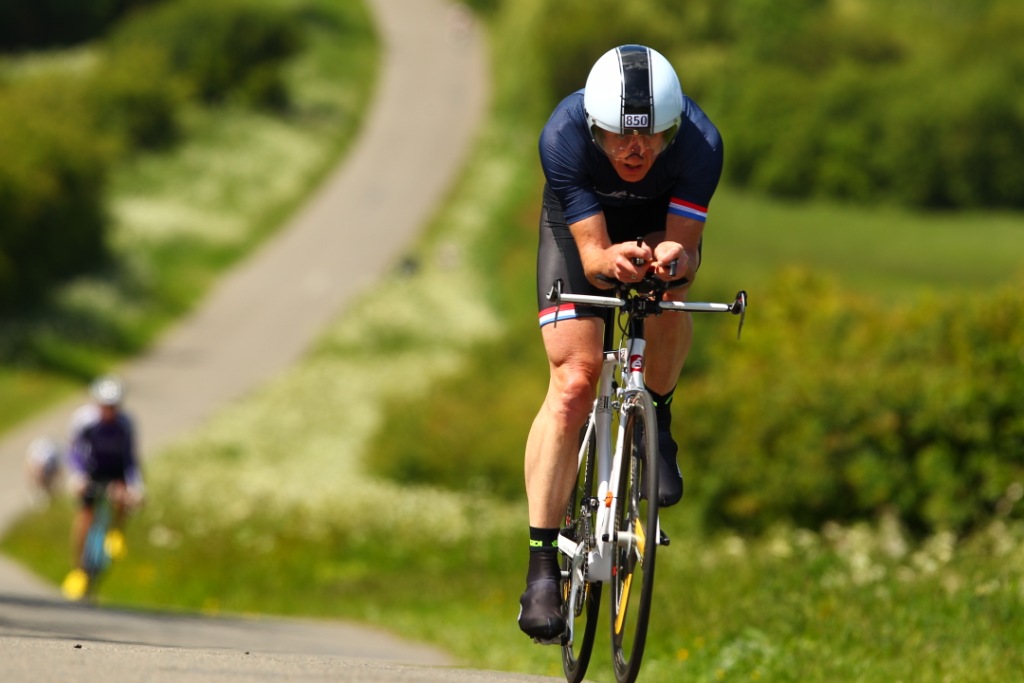
These are effectively a separate category for time triallists over 40 that allows older riders to compete on a level playing field.
The standards also set an age-based target, ranking performances based on who is the fastest when compared with that time.
This is fun
And while this may be controversial, hopefully at some point either during or after your first test you will decide ‘this is quite fun’.
Then comes the things you will learn in your second time trial.
Alex Ballinger is editor of BikeBiz magazine, the leading publication for the UK cycle industry, and is the former digital news editor for CyclingWeekly.com. After gaining experience in local newsrooms, national newspapers and in digital journalism, Alex found his calling in cycling, first as a reporter, then as news editor responsible for Cycling Weekly's online news output, and now as the editor of BikeBiz. Since pro cycling first captured his heart during the 2010 Tour de France (specifically the Contador-Schleck battle) Alex covered three Tours de France, multiple editions of the Tour of Britain, and the World Championships, while both writing and video presenting for Cycling Weekly. He also specialises in fitness writing, often throwing himself into the deep end to help readers improve their own power numbers. Away from the desk, Alex can be found racing time trials, riding BMX and mountain bikes, or exploring off-road on his gravel bike. He’s also an avid gamer, and can usually be found buried in an eclectic selection of books.
